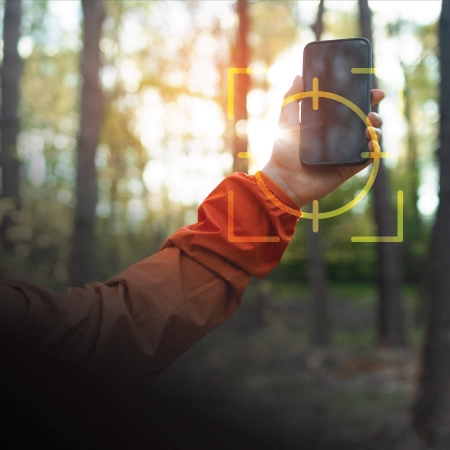In the realm of lone and remote worker safety, the stakes are high, and reliable communication is non-negotiable. As an employer, the last thing you want is to hear from your staff’s family that they have not made it home at the end of the day. You need to know that your chosen lone and remote worker solution ensures your staff stay safe and makes it home at the end of the day.
At Guardian Angel Safety, we understand the complexity of ensuring the utmost safety for your team, especially when they’re out of cellular coverage or working in challenging environments. Traditional apps and cell-based solutions may not always be the best fit for your staff.
So, what alternatives should you consider for reliable safety coverage?
Choosing the right dedicated duress device first starts with understanding the key differences between satellite-based solutions and cell-based solutions. Cell-dependent solutions rely on GPS and cell coverage and don’t have 100% coverage.
Whilst satellite solutions like Iridium offer 100% coverage with no gaps, ensuring continuous connectivity and communication even in the most remote or challenging terrains. Learn more about Networks.
Dependence on cell coverage
Failure to operate in areas with poor or no cell reception.
Battery life concerns
Continuous GPS use drains battery quickly, compromising communication during critical times putting workers at potential risk.
Complexity in emergencies
When faced with danger, needing to locate your mobile phone, unlock the screen, find the app and activate an SOS will put you at serious risk and we know from experience, a perpetrator who means you harm, will likely take the phone off you and smash it.
Device vulnerabilities
Susceptible to damage or interference during emergencies if you fall or drop it hindering the ability to communicate.
Disparity and unpredictability in performance
Different mobile phones, and different phone user habbits will effect the performance of the app.
When evaluating your options, consider the following crucial factors:
Work environment
Assess if your team operates in remote areas or environments with unreliable cell coverage.
Solution functionality
Prioritise features like automated fall/no-movement detection and alerts, and hands-free automated voice connectivity for swift emergency response.
Device reliability
Choose SAR (Saturation Absorbency Rating – ensuring it’s safe for your users to wear for long periods) certified devices with two-way voice capability to ensure clear communication in emergencies.

Choosing the right lone worker safety solution goes beyond just picking a device – it’s about understanding the unique needs of your organisation and ensuring that every worker is protected, no matter where their duties take them. We’ve created a Buyer’s Guide to help you to navigate through the selection process, ensuring you make an informed decision that prioritises your team’s safety in any scenario. Explore the Guardian Angel Safety Buyer’s Guide.
Learn how to select the right devices, monitoring and get clarity on the best lone and remote worker solutions for your business.
If you’re seeking a duress device for your lone and remote workers, we have a range of options and can help find the right solution for your needs.